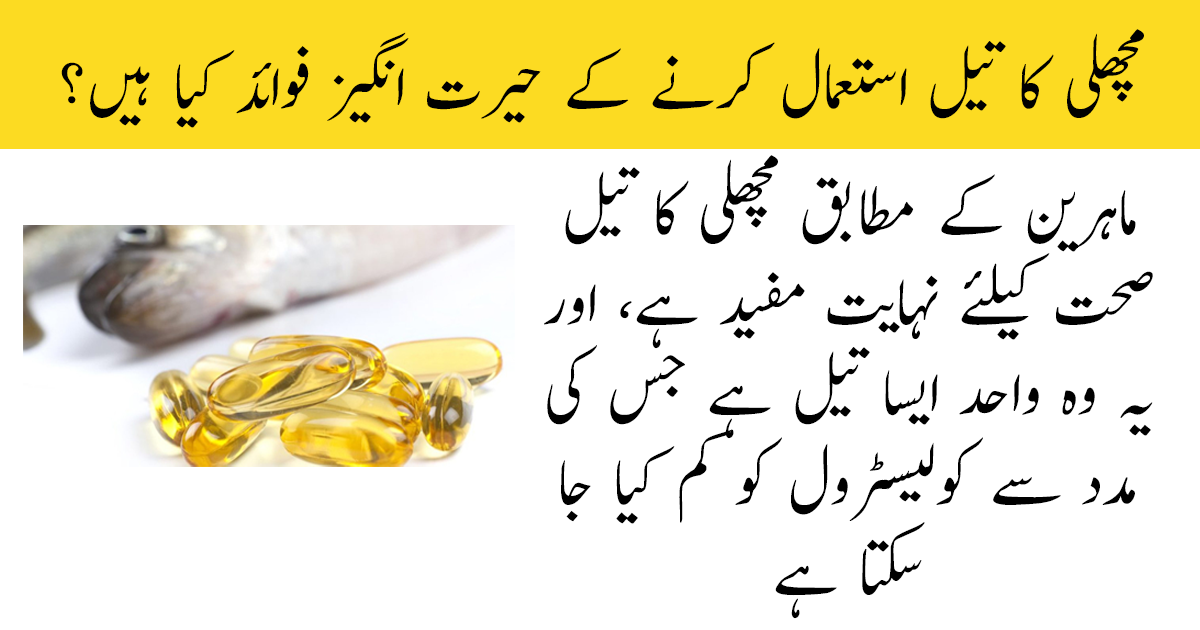Breastfeeding Mothers Avoidance of Cold and Heavy Foods
Breastfeeding moms need to be careful about their diet. Eating the wrong things can cause tummy troubles for their babies. Like stomach pain, colic, gas, and tummy aches. When the baby is uncomfortable, they cry a lot. And that makes everyone unhappy. It can even make the baby less healthy. What a mom eats affects her breast milk, which is what her baby eats. So, it’s really important for moms to think about what they’re eating. In this article, we’ll delve into “Breastfeeding Mothers Avoidance of Cold and Heavy Foods”. It means moms should be picky about eating things that are not too cold or too heavy. This helps keep both the mom and the baby healthy. We’ll also look at some specific tips for what to eat and what not to eat to make sure both the mom and baby stay happy and healthy while breastfeeding.
Read in Urdu below



The most important point to remember is that mothers should breastfeed their babies for at least six months, as mother’s milk is the best nutrition for the child. Babies who are breastfed experience fewer diseases such as pneumonia and gastrointestinal issues. Additionally, they tend to be more intelligent compared to other children, their teeth develop on time, their joints become stronger, and their bones become more robust. They also tend to have fewer complaints of illnesses.
Nourishing Breast Milk: The Connection Between a Mother’s Diet and Baby’s Health
The food that a mother consumes has an impact on the quality of her milk. If a mother consumes a nutritious diet, it will result in nutritious milk for the baby. A mother’s diet should be calorie-rich to fulfill the nutritional needs of the baby. If a mother usually consumes 2000 calories or 2500 calories. She needs to increase her intake by 500 calories. For example, if she eats one chapati, she needs to eat one and a half chapatis. Five times a day, during breakfast, lunch, evening, and night.
Optimal Nutrition for Breastfeeding Mothers: A Recipe for Healthy Babies
The diet of a breastfeeding mother should include dairy products. With an emphasis on milk and yogurt. Increasing water intake is also essential, along with the consumption of juices. Furthermore, incorporating meat, lentils, and vegetables is crucial. If the mother is healthy, the baby will also be healthy. Good maternal nutrition will ensure good milk production. Which will result in the baby getting adequate nutrition. Babies who consume their mother’s milk often complain of green-colored stools. These green stools are observed in babies. Whom are fed only for two to three minutes, with the mother quickly removing the baby from the breast. The initial milk that comes is rich in nutrients that are already present in the mother’s breasts. When the baby sucks for around five minutes, the second milk comes, which is more calorically dense.
ALSO READ: Children and Useful Dietary Recommendations for Diarrhea
Balancing the Diet for Healthy Breastfeeding
Therefore, if a mother breastfeeds the baby from both sides, with 10 minutes from the right and 10 minutes from the left. It will be beneficial for the child. If the mother leaves the baby after only two minutes, it will not be beneficial for the child. There are certain foods that a mother should avoid. Children often pass green stools, and they may experience gas in their stomachs. Because the mother is consuming some indigestible foods. Two such foods that a mother should avoid are raw onions and cabbage. If the mother consumes these, the child might experience stomach gas or colic issues.
Additionally, there are some lentils that are believed to cause gas in the mother’s stomach, such as chickpeas. It is advisable to be cautious about consuming such lentils. If the diet is healthy, the baby’s milk will be good, resulting in the baby’s growth being satisfactory. The baby will not only be healthy but also intelligent.





